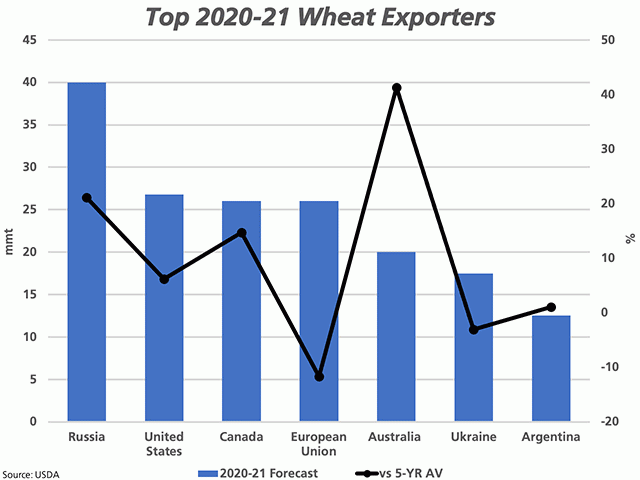War-time wonderings
Views expressed in this article are the personal views of the author and should not form the basis for making investment decisions, nor be construed as a recommendation or advice to engage in investment transactions.
The world awoke to disarray as Russian forces launched a full scale invasion of Ukrainian territory in the early hours of Thursday morning. As world leaders scramble to navigate a tense and complex conflict, the likes of which we have rarely seen in recent decades, global markets were quick to react with exacerbated volatility, falling sharply as news of the invasion made its way to mainstream headlines. Crypto remains tightly correlated with equities, with BTC plunging in excess of 10% in response to macro drawdowns.
The Russia-Ukraine situation
Ukraine gained independence following the fall of the Soviet Union in 1991, which was followed by a treaty in 1994 that “guaranteed” Russia would respect the fledgling country’s sovereignty in exchange for Ukraine agreeing to nuclear disarmament.
However, with the expansion of the European Union in 2004, Ukraine found itself in a tug-of-war between two spheres of influence - the western, pro-EU Ukraine, and the eastern, pro-Russian, Ukraine. This tension culminated in the annexation of Crimea by Russian forces in 2014, and has now boiled over into a full-scale invasion of the country following now-shelved plans by Ukrainian President Volodymyr Zelensky to start the process of joining NATO.
The continued eastward expansion of NATO has repeatedly drawn the ire of Putin, as Ukraine’s membership would allow NATO forces to place long-range missiles, for example, at Russia’s border.
Potential economic impact
While it remains uncertain how long this conflict will stretch, or what complexion it may take, a look at Russia’s commodity supplies provides cause for concern. The hulking superpower is by far the largest supplier of wheat globally, and, perhaps more worryingly, the world’s third largest producer of oil, the bulk of which is exported to Europe. The imposition of sanctions on the country could see major knock-on effects, which are in some ways already apparent, as crude oil surpassed $100 this week for the first time in eight years.
USDA
S&P Global
The crypto conundrum
It’s no mystery why markets have plummeted in the wake of the invasion - apart from the likes of Lockheed Martin, Raytheon, and co (who stand to benefit directly from prolonged, devastating, conflicts), it’s generally agreed that war is bad. Investors seeking to de-risk have seemingly moved to metals and oil, with gold ($XAU) continuing a blistering uptrend as the premier safe-haven asset.
Historically, however, conflicts have seen equity markets rise in the wake of invasions, after steep drops influenced by pre-war uncertainty. It’s also worth noting that the US has indicated this fresh crisis may delay the planned imposition of interest rate hikes, and may even result in more stimulus being printed by the Fed.
Additionally, ongoing sanctions by the US, coupled with the aggressive devaluation of the Russian Ruble, could see Russia turn to BTC as a means of transacting to reduce reliance on the US dollar.
S&P 500 historical reactions to conflict (Reddit, u/Onereasonwhy)
Takeaways
The conflict before us has injected fear and anxiety into the hearts of people across the globe. To wax lyrical on economic theses at a time when Ukrainian civilians are living under imminent threat of bombardment seems insensitive at best, so this author has endeavoured today to simply provide an overview of the current state of play. In times of great uncertainty, for investors particularly, it's important to control your emotions through healthy outlets - be that exercise, meditation, or simply disengaging from the 24/7 barrage of fear mongering news and graphic footage flooding timelines across social platforms.
When in doubt, breathe. This too shall pass.




